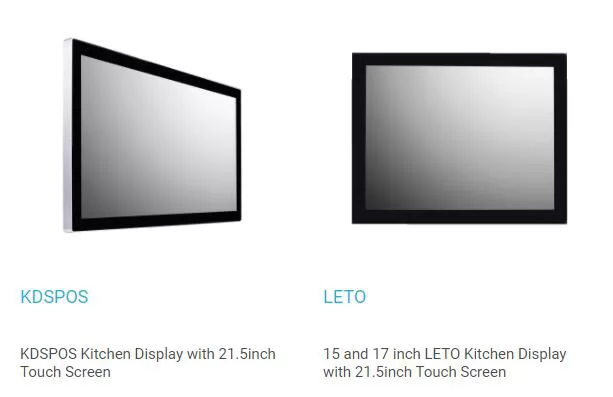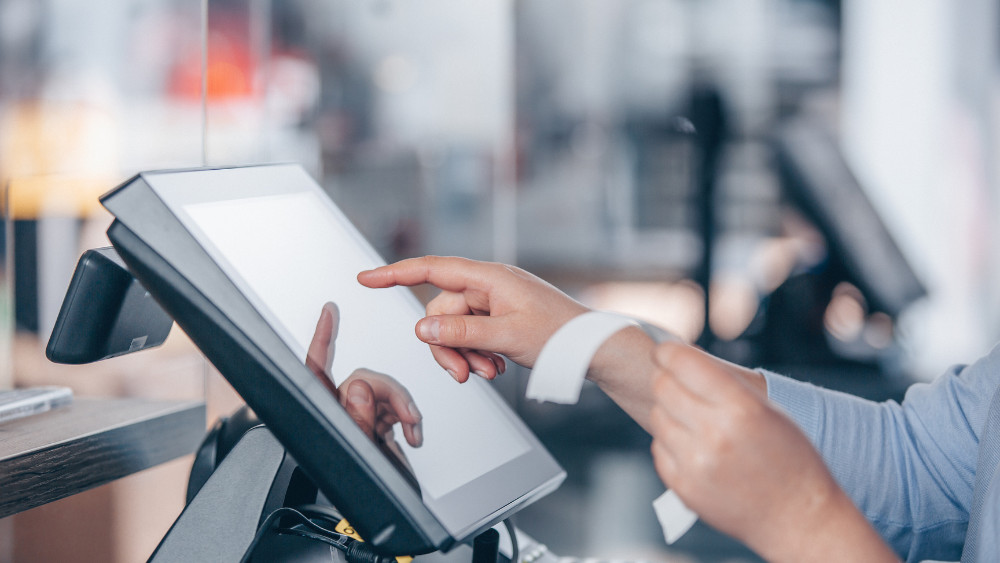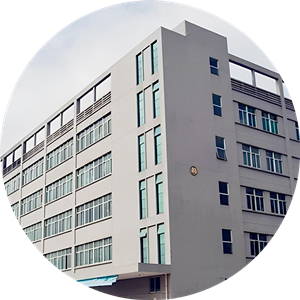
Restaurants are continually updating technology to keep up with consumer demand. Think about it: wi-fi, table-top kiosks, online ordering— all of these feature’s help attract more diners and drive the guest experience. A kitchen display system (KDS) might be in the background, but it’s a piece of technology that does more than soothing guests; it will change the way your restaurant performs.
What is a Kitchen Display System?
A kitchen display system is a digital order viewer that replaces your paper tickets and kitchen printers, and so much more! The kitchen video controls how food is routed and how recipes are prepared while monitoring the kitchen data.
The Kitchen Display System Market
You’ll find many kitchen display systems for sale, many boating various features. The truth is that not all kitchen display systems are created equal — and I’m not using that phrase to be trite. In fact, some kitchen display systems serve as a proprietary appendage to a point-of-sale system. This generally means that the kitchen display system doesn’t take in kitchen data or integrate with other restaurant stations but communicates directly with the POS. The POS and KDS aren’t the same! A more advanced KDS would integrate with the kitchen to gather accurate data and provide up-to-the-minute order statuses for guests. To select the best KDS, it’s important to know the essential core features and how they’ll benefit your restaurant.
Benefits of a Kitchen Display System
A sound kitchen display system improves efficiencies in the kitchen by managing:
Meal Coursing
With meal coursing/pacing, staff can group menu items to route to the kitchen as a bundled course. In many restaurants, the server is responsible for either going to the point of sale (POS) and ringing in each course as needed or inputting items for an entire order. If the server takes the latter option, they may also need to remember to go back and manually fire off the next course in the meal without the right tech.
With meal coursing/pacing, if a table sits down and orders, the server can submit their orders simultaneously, allowing them to focus solely on the guest and their immediate needs. Likewise, in the kitchen, drinks, appetizers, and entrees are paced accordingly to the configured time, based on cook times, ensuring every item gets to the expo window simultaneously.
Delayed Routing and Meal Pacing
Makes sure all your items are ready at the same time. For example, if two-top orders a grilled salmon fillet with a cook time of 12 minutes and a well-done steak with a cook time of 20 minutes, the items will need to go on the grill at different times to ensure that they are hot when they reach the diners. You can delay items with shorter cook times to ensure everything is fresh to go to the customer.
Cook Times
A KDS will ensure that food is fresh and at the right temperature when it arrives at the customer. In addition, the software manages these ranges to balance food items with shorter and longer cook time.
Recipes
A recipe viewer function will help you manage your recipes and procedures from one central location. You can quickly search for recipes and secure storage for your peace of mind. A recipe viewer will reduce the cost of training, call attention to nutrition and allergy information, and reduce paper waste from kitchen printers. Recipe viewers also manage quality control since the software usually includes images of what the end product should look like before getting run to diners.
Basic Routing to Specific Stations
The KDS will route food to the appropriate kitchen station: grill, pantry, fryer, etc. Routing makes sure that food items move in the right direction.
An excellent kitchen display system does all of the above and:
Adds even more customizations to support complicated menus.
Uses routing modifiers or child items to separate views.
Manages priorities uniquely by the station.
Load balances large kitchens.
Supports Bin levels of configured items.
Decreases restaurant food waste.
Improves product efficiencies.
Provides up-to-the-second communication with servers on item statuses.
Capacity Management
As a business, have you ever bitten off more than you could chew? A robust KDS will help manage your capacity (there’s that phrase!) by measuring how effectively your restaurant can deliver orders. Capacity management considers factors like in-house and off-premise dining orders to prevent mix-ups that lead to long waits and frustrated customers. When your capacity fluctuates, so will your wait times. This dynamic feature creates a smart kitchen and satisfied guests!
Features of a Kitchen Display System
Above, we’ve listed the benefits of a kitchen display system. Getting into the details, let’s look at how a KDS does it by starting with view types. A kitchen display system has several views to fit the needs of the restaurants that use it. You can use order views, item views, prep views, and order ready views for different situations.
Order Views
Order views allow you to see the upcoming orders in a fixed or flex grid. Quick service and fast-casual restaurants may use grid views, while table-service restaurants may use order views at the end of the prep line or in the server area where orders come together for delivery to the guest.
Item Views
You will view the individual items in a line item or flex item option with item views. For example, someone might use this view in a table service restaurant where items are coming in rapidly, and efficiently routing them to specific preparation stations is critical.
AccuPrep
This view type is used in a sit-down establishment to support table service plating times.
Order Ready
This view type is customer-facing and shows diners where their orders are in the kitchen, whether they’re complete or in progress. In addition, order-ready screens can ease guest tensions over wait times by giving them real-time metrics.
What a Kitchen Display System Can do for Your Restaurant.
As you can see, kitchen display systems do more than reducing the need for paper in a restaurant (although that’s a great benefit as well!). Every restaurant is unique, which is why a high-quality KDS should adapt to different restaurant needs. You might be tempted to consider A KDS as a solution for a larger restaurant, but you can implement measurable benefits in any establishment. Whether you’re looking to decrease ticket times, increase customer satisfaction, or promote efficiencies in the kitchen, a KDS may be the right solution for you.
Jassway provides a KDS hardware solution for the partners to complete their system with the software, which will be a solution for ready to us of end users.

.png)










